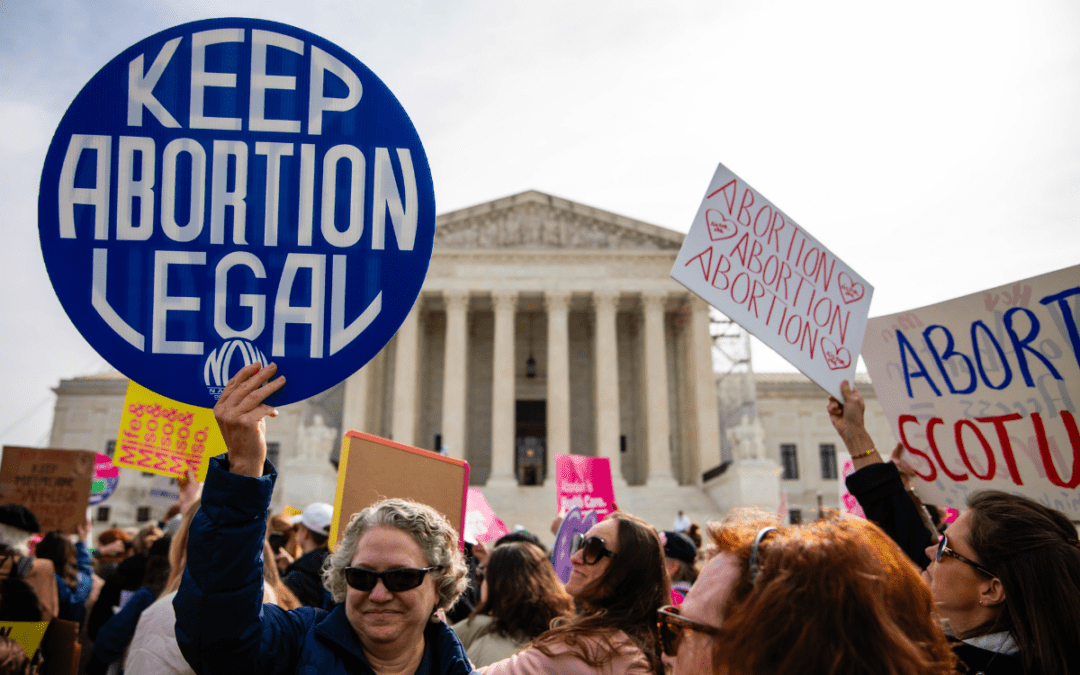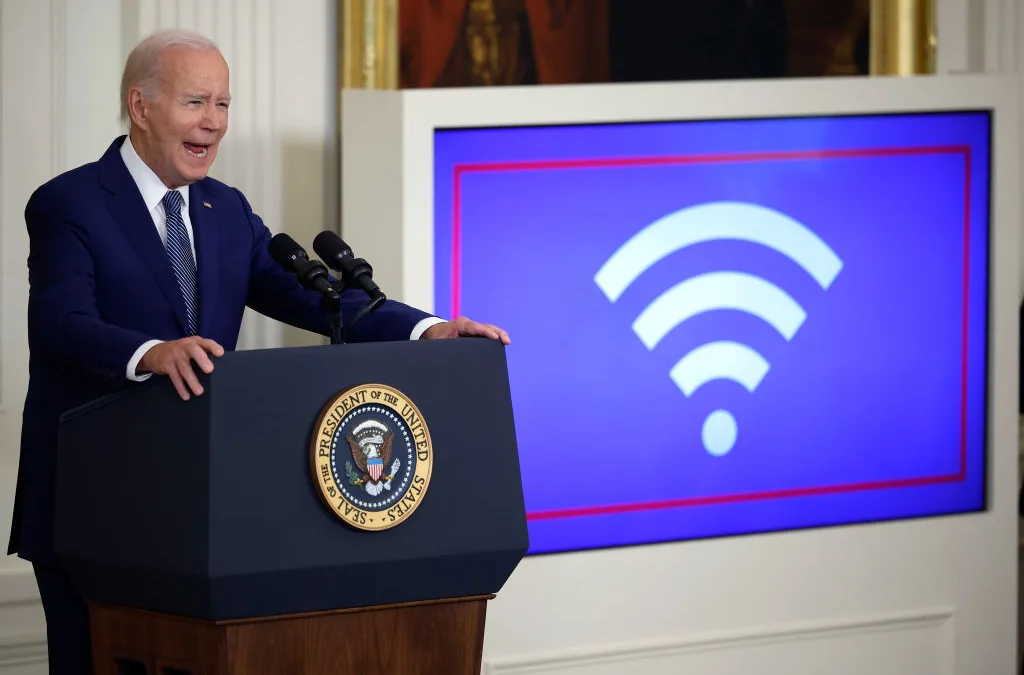
FILE - Gov. Tom Wolf speaks at the Reading Area Community College in Reading, Pa., Tuesday, Sept. 14, 2021. Wolf followed through on his veto threat Thursday, Dec. 2, 2021, rejecting Republican-penned legislation to allow people to carry a firearm openly or concealed, without a permit, adding to his total for Pennsylvania's chief executive with the most vetoes in more than four decades. (AP Photo/Matt Rourke, File)
Under Gov. Wolf’s proposal, funding would go to families, small businesses, healthcare systems, and revitalization efforts impacted by the pandemic.
For months, Pennsylvania House Republicans have been sitting on more than $2 billion in pandemic relief money, taking a wait-and-see approach with funds the state received last year via the American Rescue Plan.
Gov. Tom Wolf and state Democrats want to use a good portion of that federal funding right now to help Pennsylvania fully rebound from the pandemic.
Wolf announced a proposal Wednesday to spend $1.7 billion through initiatives aimed at supporting families and workers, small businesses, healthcare systems, and community revitalization efforts impacted by the pandemic.
“While Pennsylvanians are still bruised and trying to recover from the pandemic, we cannot sit on billions of dollars in federal aid that could heal Pennsylvania,” Wolf said in a statement. “It’s wrong to hold this money back from helping people. It’s past time we take action.”
Under Wolf’s proposal:
- $500 million would go to help families pay for child care, household expenses like transportation, utilities, and broadband, and training and education to help workers enhance their job skills and improve earning potential.
- $225 million would go to help struggling small businesses through grants ranging from $5,000 to $50,000.
- $204 million would provide increased property tax relief for low-income renters and homeowners, with an estimated 466,000 Pennsylvanians receiving average rebates of $475.
- $325 million would go to Pennsylvania’s health care systems, including $250 million for long-term care recruitment, retention and workforce development, $40 million to expand county mental health programs, and $35 million for healthcare worker student loan forgiveness.
- $450 million would go to the state’s Growing Greener program, which promotes agricultural conservation and other efforts toward conservation, recreation, preservation, and community revitalization.
The Republican-majority legislature would have to approve the $1.7B in spending for Wolf’s plan to take effect.
Wolf is expected to present his 2022-23 state budget proposal in less than a week.
Politics

How Project 2025 aims to ban abortion in Pennsylvania
Former president Donald Trump said abortion was a state’s rights issue recently, but conservative organizations, under the banner “Project 2025,”...

736,000 PA households could lose crucial help on their internet bills
Time is running out for the Affordable Connectivity Program, which provides low-cost high speed internet access for over 736,000 Pennsylvania...

What to know about Trump’s legal issues
Over the past year, former president Donald Trump has become the center of not one, not two, not three, but four criminal investigations, at both...
Local News

Conjoined twins from Berks County die at age 62
Conjoined twins Lori and George Schappell, who pursued separate careers, interests and relationships during lives that defied medical expectations,...

Railroad agrees to $600 million settlement for fiery Ohio derailment, residents fear it’s not enough
Norfolk Southern has agreed to pay $600 million in a class-action lawsuit settlement for a fiery train derailment in February 2023 in eastern Ohio,...






